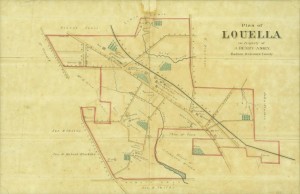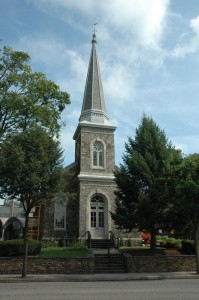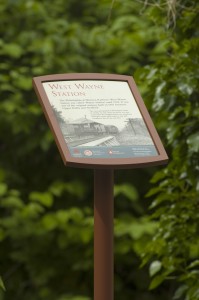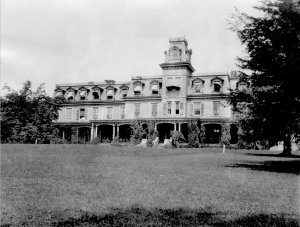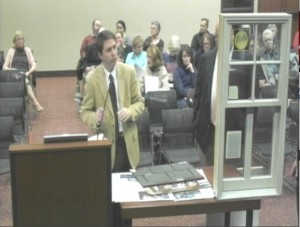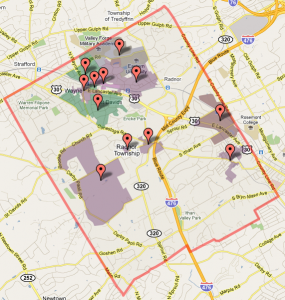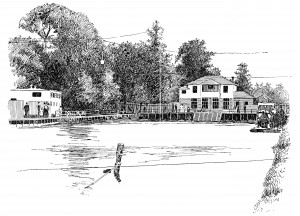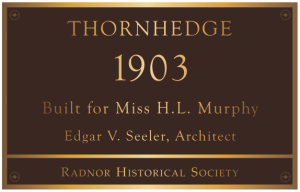 This fall, twelve Radnor Township buildings will display handsome bronze plaques that honor their history. Their owners are the first participants in the new RHS initiative that has been created to recognize good examples of preservation that contribute in a positive way to the appreciation of the Township’s architectural heritage. The twelve buildings are:
This fall, twelve Radnor Township buildings will display handsome bronze plaques that honor their history. Their owners are the first participants in the new RHS initiative that has been created to recognize good examples of preservation that contribute in a positive way to the appreciation of the Township’s architectural heritage. The twelve buildings are:
• The Radnor Historical Society’s Finley House, 113 W. Beechtree Lane, Wayne, built 1789.
• Thornhedge house and carriage house, 260 Chamounix Road, Wayne, built 1903, owned by Kathleen Papa.
• 142 West Wayne Avenue, Wayne, built c. 1881-1887, owners Bruce and Sandy Gilbert.
• Isle Field, renamed Almondbury House, built 1911 in Rosemont and designed by Horace Trumbauer. It is now
the headquarters of the American Missionary Fellowship.
• Bon Air, 425 Chestnut Lane, Wayne, built 1889-1890, owners Chris and Jill Stavrakos.
• Nathan Matlack House, 425 Darby Paoli Road, St. Davids, built c. 1762-1783, owners Jamie and Hollie Holt.
• 124 West Wayne Avenue, Wayne, built c. 1881-1884, owned by Bruce Norcini.
• 221 Lenoir Avenue, Wayne, built c. 1921-1922, owners John and Martha Dale.
• 200 South Aberdeen Avenue, built c. 1890-1893, owners Stephen and Suzanne Shuut.
• 134 Poplar Avenue, Wayne, built c. 1904-1906, owner Amy Marren.
• Kinterra, 706 Church Road, Villanova, built c. 1808-1814, enlarged 1994, owners William and Andrea Pilling.
Applications for markers can be found on the RHS website, www.radnorhistory.org/marker, or may be picked up at the Finley House. The cost is $200. Having a marker does not carry with it any regulations or limitations on your property but is simply a recognition of your architectural stewardship.
(This article appeared in the September, 2011 Radnor Historical Society Newsletter. To receive the newsletter in the mail, consider becoming a member!)

